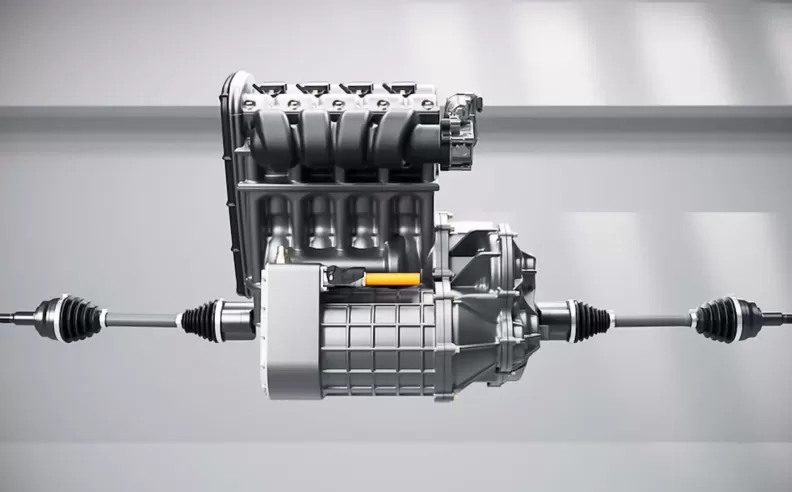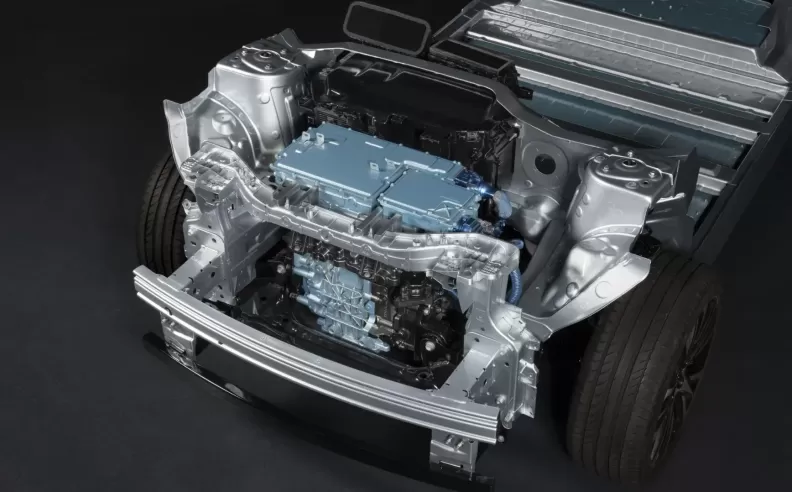
Electric vehicles (EVs) have taken the automotive industry by storm, promising a cleaner and more sustainable mode of transportation. At the heart of these vehicles lies a remarkable piece of engineering – the electric motor. Unlike the traditional internal combustion engines found in conventional cars, electric motors provide a quiet, efficient, and environmentally friendly means of propulsion. Let's delve into the intricacies of how electric motors work in EV cars and the role they play in shaping the future of mobility.
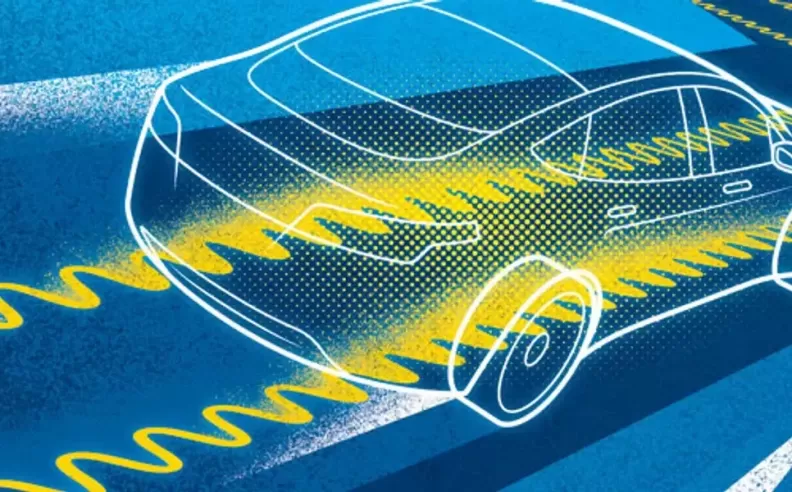
To understand the operation of electric motors, it's important to grasp the fundamental principle of electromagnetism. Electromagnetism is the phenomenon where an electric current generates a magnetic field, and conversely, a changing magnetic field induces an electric current. Electric motors exploit this principle to convert electrical energy into mechanical motion.
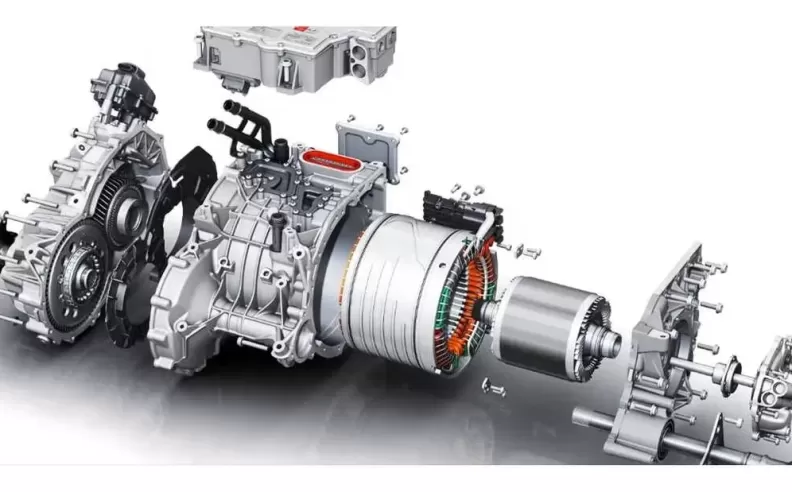
Electric motors used in EVs generally follow the basic layout of a stator and a rotor. The stator is the stationary part of the motor, consisting of coils of wire wrapped around iron cores. These coils are responsible for generating a rotating magnetic field when electricity flows through them.
The rotor, on the other hand, is the moving component of the motor. It's typically composed of a series of permanent magnets or electromagnets. The interaction between the rotating magnetic field of the stator and the magnetic field of the rotor creates a force that causes the rotor to turn, thus producing mechanical motion.
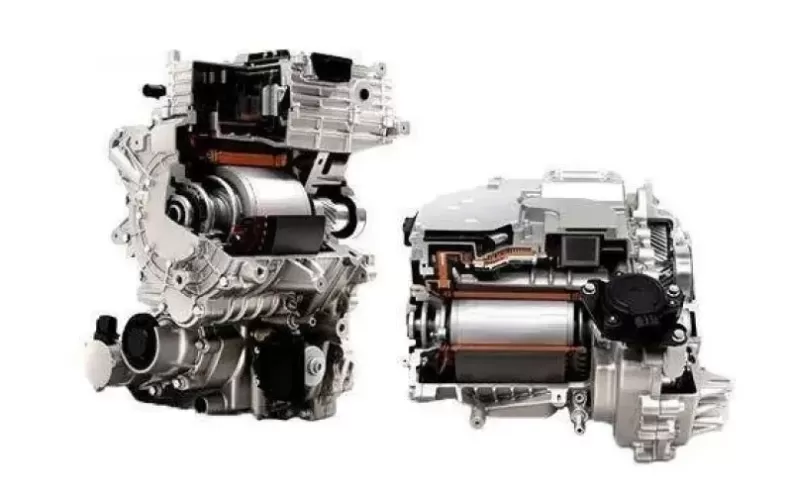
There are several types of electric motors used in EVs, each with its own advantages and disadvantages. The three main types are:
Brushed DC Motors: These motors use a system of brushes and a commutator to switch the direction of current flow in the rotor's windings. While they are relatively simple and cost-effective, they tend to have lower efficiency and require more maintenance due to the wear on brushes and commutators.
Brushless DC Motors (BLDC): As the name suggests, these motors eliminate the need for brushes and commutators. Instead, they use electronic controllers to switch the current direction in the stator windings, resulting in a more efficient and reliable motor. BLDC motors are commonly used in EVs due to their higher efficiency and reduced maintenance requirements.
AC Induction Motors: AC induction motors, often referred to as asynchronous motors, are another popular choice for EVs. They don't require permanent magnets and use electromagnetic induction to create a magnetic field in the rotor. These motors are known for their simplicity and ruggedness.
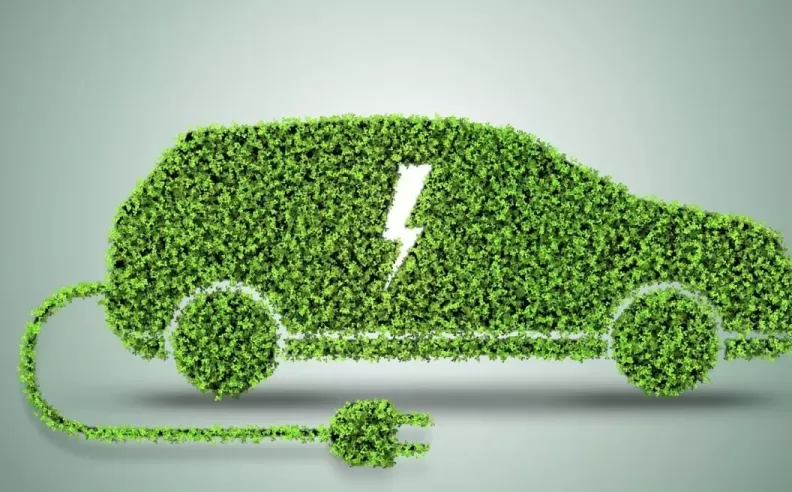
Electric motors offer several advantages in EVs:
Efficiency: Electric motors are inherently more efficient than internal combustion engines. They can convert a higher percentage of the energy from the battery into actual movement, resulting in better energy utilization and longer driving ranges.
Instant Torque: Electric motors deliver maximum torque from standstill, providing rapid acceleration and responsive performance.
Lower Maintenance: Electric motors have fewer moving parts compared to internal combustion engines, reducing the need for maintenance and resulting in lower operational costs.
Environmental Benefits: Electric motors produce zero tailpipe emissions, contributing to cleaner air and a reduced carbon footprint.
Electric motors are the driving force behind the electric vehicle revolution. Their elegant application of electromagnetism and efficient conversion of electrical energy into mechanical motion make them an essential component of modern EVs. As technology continues to advance, electric motors are likely to become even more efficient, compact, and powerful, further propelling the transition to a cleaner and more sustainable transportation future.

Wael is an automotive content writer specializes in creating written content for Motor 283. Producing a wide range of content, including blog posts, articles, product descriptions, reviews, and technical guides related to cars, trucks, motorcycles, and other vehicles, with an unprecedented passion for cars, and motorcycles.
